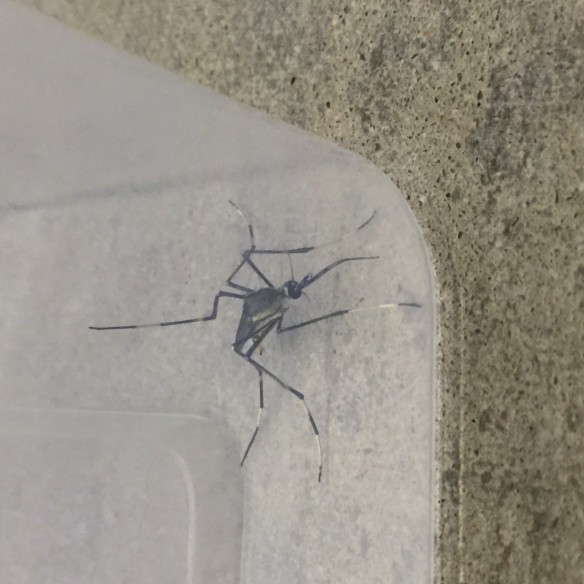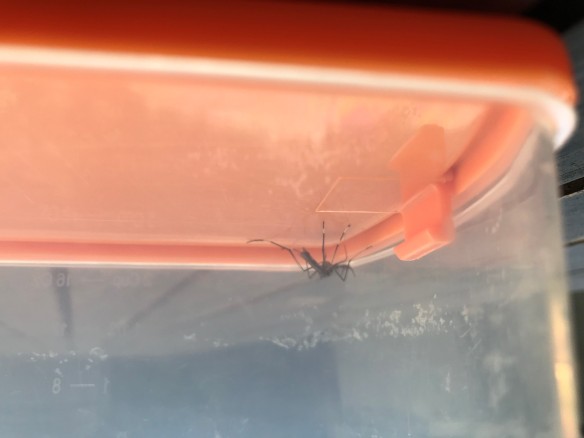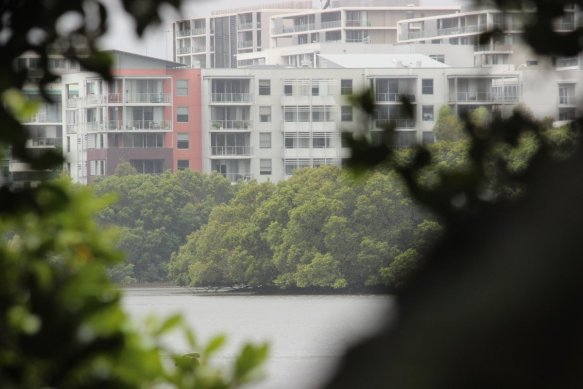
While we can embrace technology to track pathogens and diseases, engaging the community to be more aware of the risk and the ways to avoid them will be critical in reducing the public health burden across the globe. This was a key message repeated again and again throughout the sessions at the inaugural Global Health Security conference in Sydney.
The event around 800 delegates representing academia, local, national and international governmental and non-governmental organizations, public and animal health and security professionals, and the private sector. There were representatives from over 65 countries.
I had the opportunity to contribute in a couple of sessions, firstly the ‘Emerging Infectious Diseases in a Changing Global Environment’ workshop at the university of Sydney. This was co-presented by the Marie Bashir Institute for Infectious Diseases and Biosecurity and CREID – NHMRC Centre of Research Excellence in Emerging Infectious Disease. It was described as an “event is an opportunity for policy makers, public health and clinical researchers, veterinarians, scientists, and WHO representatives to come together and define the health security issues related to emerging infectious diseases (EIDs) and antimicrobial resistance (AMR) in the Asia-Pacific region.”
I spoke about mosquitoes in Australian cities and the challenges facing the management of issues associated with urban planning, constructed and rehabilitated wetlands, endemic mosquito-borne disease risk, and exotic mosquito threats. A little nervous having the Chief Medical Officer of Australia (Prof Brendan Murphy) in the front row, along with representatives of WHO and CDC but a wonderful opportunity to share my research and perspectives on these local issues.
The following day, I spoke in the “Challenges with Zoonotic Diseases” session alongside Elpidius Rukambile and Berihun Afera Tadele. An interesting session (chaired by Siobhan Mor) that, through the panel discussion, highlighted the importance of community engagement, as well as communications between policy makers and those “on the ground” in improving public health outcomes in the “one health” space.
I spoke about the issues surrounding exotic mosquito threats in Australia with a focus on the results of recent work on the far north coast of NSW. The work we did there highlighted the need for cooperation between all levels of government but also the critical importance of engaging the local community. Notwithstanding the effort required to go from property to property searching for introduced mosquitoes, such as Aedes aegypti or Aedes albopictus, understanding the role of the community in this response provided essential. Successful local eradication of any introduced mosquito will require assistance from the local community.
The abstract of my presentation is below:
Building capacity to address the unexpected challenges associated with the emerging threat of exotic mosquitoes in Australia
Webb C (1,2), Doggett S (2), Piazza K (3), McNicoll D (3), Sly A (4), Neilson J (4), Dean A (5), Bethmont A (6).
1 University Of Sydney, Westmead NSW, Australia; 2 NSW Health Pathology, Westmead NSW, Australia; 3 Tweed Shire Council, Tweed Heads NSW, Australia; 4 Department of Agriculture and Water Resources, Canberra ACT, Australia; 5 University of Queensland, Brisbane QLD, Australia; 6 NSW Health, North Sydney NSW, Australia
Introduction. Ongoing evolution of trade pathways increases the risk of exotic mosquitoes, especially Aedes albopictus and pesticide resistant Ae. aegypti, establishing or expanding their range in Australia. This highlights the need for health authorities to develop strategic response plans considering different risk scenarios. Context and Aim. Key challenges to exotic mosquito response in Australian include capacity at local government level and community acceptance of measures. Several strategic initiatives were used to study these challenges in the NSW Northern Rivers region. Method. Field exercises were undertaken with representatives of 11 local and state authority stakeholders, surveying approximately 300 residential properties for potential mosquito habitats. A survey of community attitudes to mosquito threats and responses was also conducted, with over 700 responses collected. Findings. Surveys found almost 4,000 actual and potential container breeding sites, demonstrating potential for exotic mosquito establishment and subsequent need to manage local transmission risks of pathogens including dengue, chikungunya and Zika viruses. Surveys of community attitudes found significant community resistance to required mosquito control activities, indicating responses would be challenging and need strategic planning. Innovative contribution to policy and practice. Strategic response plans must address mosquito biology but also not underestimate the need for active community engagement.
Overall, it was a wonderful meeting. It was, however, unfortunate that I couldn’t spend as much time in sessions as I would have liked. There were plenty of tweets so check in on the hashtag #GHS2019. There is also the very important “The Sydney Statement on Global Health Security” to come out of the meeting, please check it out.
Were you at the meeting? What did you think? Join the conversation on Twitter.








